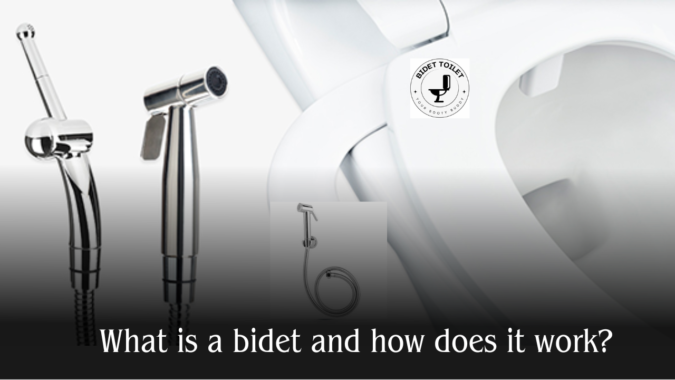Introduction
A bidet is a bathroom accessory that is used to clean the genitals, anus, and perineum after using the toilet. It is typically installed next to the toilet, consisting of a bowl or basin with a faucet and a nozzle. The nozzle can be adjusted to spray water in different directions and at different pressures.
To use a bidet, you simply sit on it and adjust the nozzle until it is positioned correctly. Then, you turn on the faucet and direct the water spray to the desired area. Once you are finished, you can turn off the faucet and dry off with a towel.
Bidets are becoming increasingly popular in the United States, and for good reason. They offer several benefits over traditional toilet paper, including:
Better hygiene: Bidets use water to clean the body, which is more effective than toilet paper at removing waste and bacteria.
Reduced environmental impact: Bidets use less paper than toilet paper, which helps to reduce waste and deforestation.
Reduced costs: Bidets can save you money on toilet paper in the long run.
Improved comfort: Bidets can be more comfortable to use than toilet paper, especially for people with hemorrhoids or other sensitive conditions.
How to use a bidet
If you are new to using a bidet, here are a few tips:
- Start by adjusting the nozzle to the desired position. You may want to start with a low water pressure and then gradually increase it until you find a comfortable setting.
- Direct the water spray to the desired area. You can adjust the nozzle angle and position to get the best results.
- Wash the area thoroughly with the water spray.
- Once you are finished, turn off the faucet and dry off with a towel.
Types of bidets
There are two main types of bidets:
- Standalone bidets: Standalone bidets are separate fixtures installed next to the toilet. They typically have a bowl or basin with a faucet and a nozzle.
- Bidet attachments: Bidet attachments can be installed on an existing toilet seat. They typically have a nozzle that attaches to the toilet bowl and a control panel that is attached to the toilet seat.
Standalone bidets are more expensive than bidet attachments, but they offer a more comfortable and customizable experience. Bidet attachments are less expensive, but they are not as comfortable or customizable as standalone bidets.
Which bidet is right for you?
The best bidet for you will depend on your budget and your needs. If you are looking for the most comfortable and customizable experience, a standalone bidet is the best option. If you are on a budget, a bidet attachment is a good option.
Conclusion
Bidets offer several benefits over traditional toilet paper, including better hygiene, reduced environmental impact, reduced costs, and improved comfort. If you are looking for a more hygienic and comfortable way to clean yourself after using the toilet, a bidet is a great option.
Frequently Asked Questions About Bidet
To use bidets, simply sit on it and adjust the nozzle until it is positioned correctly. Then, turn on the faucet and direct the water spray to the desired area. Once you are finished, turn off the faucet and dry off with a towel.
Standalone bidets typically cost between $200 and $500. Bidet attachments typically cost between $50 and $150.
The best bidets for you will depend on your budget and your needs. If you are looking for the most comfortable and customizable experience, standalone bidets are the best option. If you are on a budget, bidet attachments are a good option.
Installing standalone bidets can be challenging, so it is best to hire a plumber. Installing a bidet attachment is relatively easy, and most people can do it themselves.
Yes, bidets are sanitary. They use clean, running water to clean the body, and the nozzles are self-cleaning.
Bidets are relatively easy to maintain. You simply need to clean the nozzle regularly with soap and water. You may also want to descale bidets every few months to remove any mineral deposits.
Follow Bidet Toilet for More…
